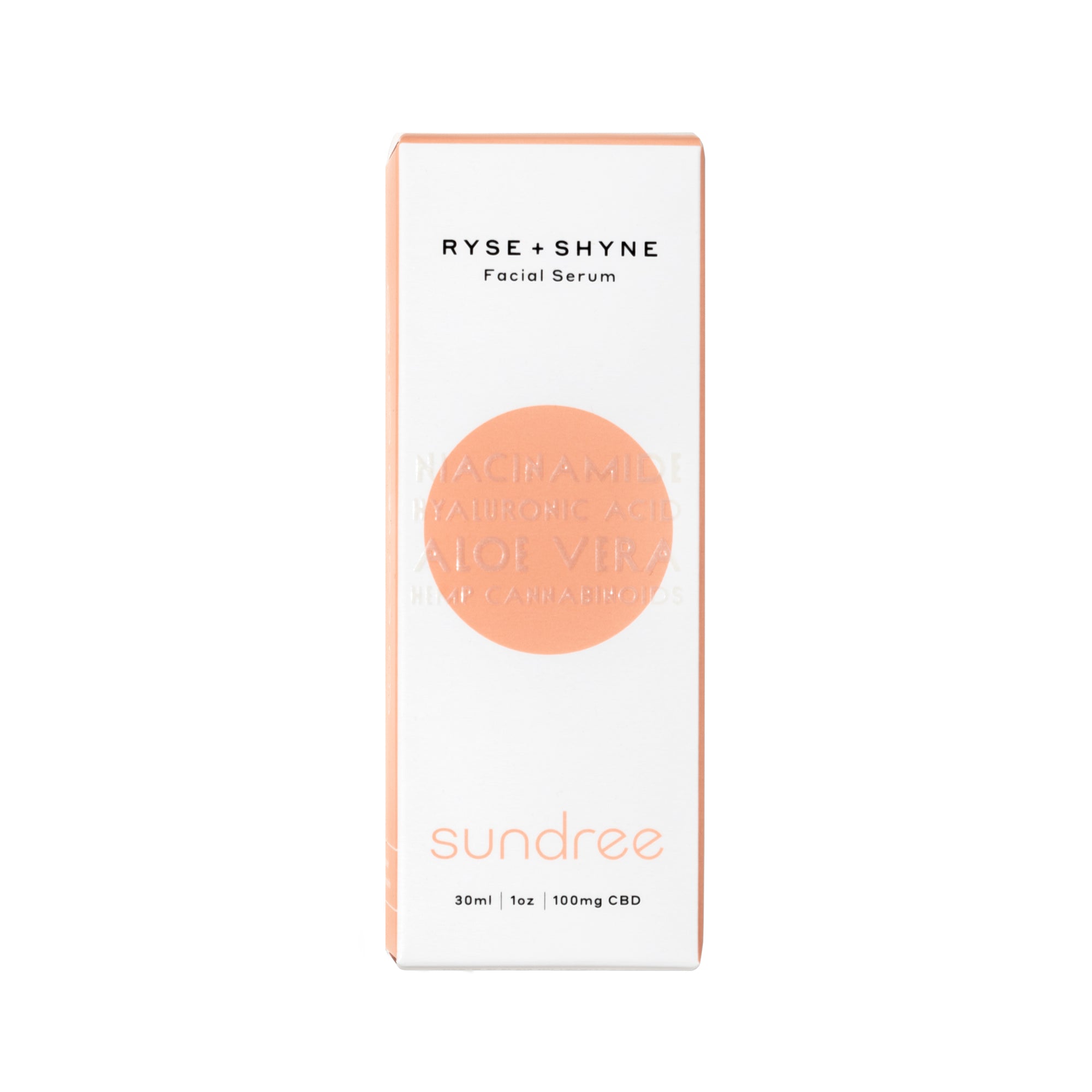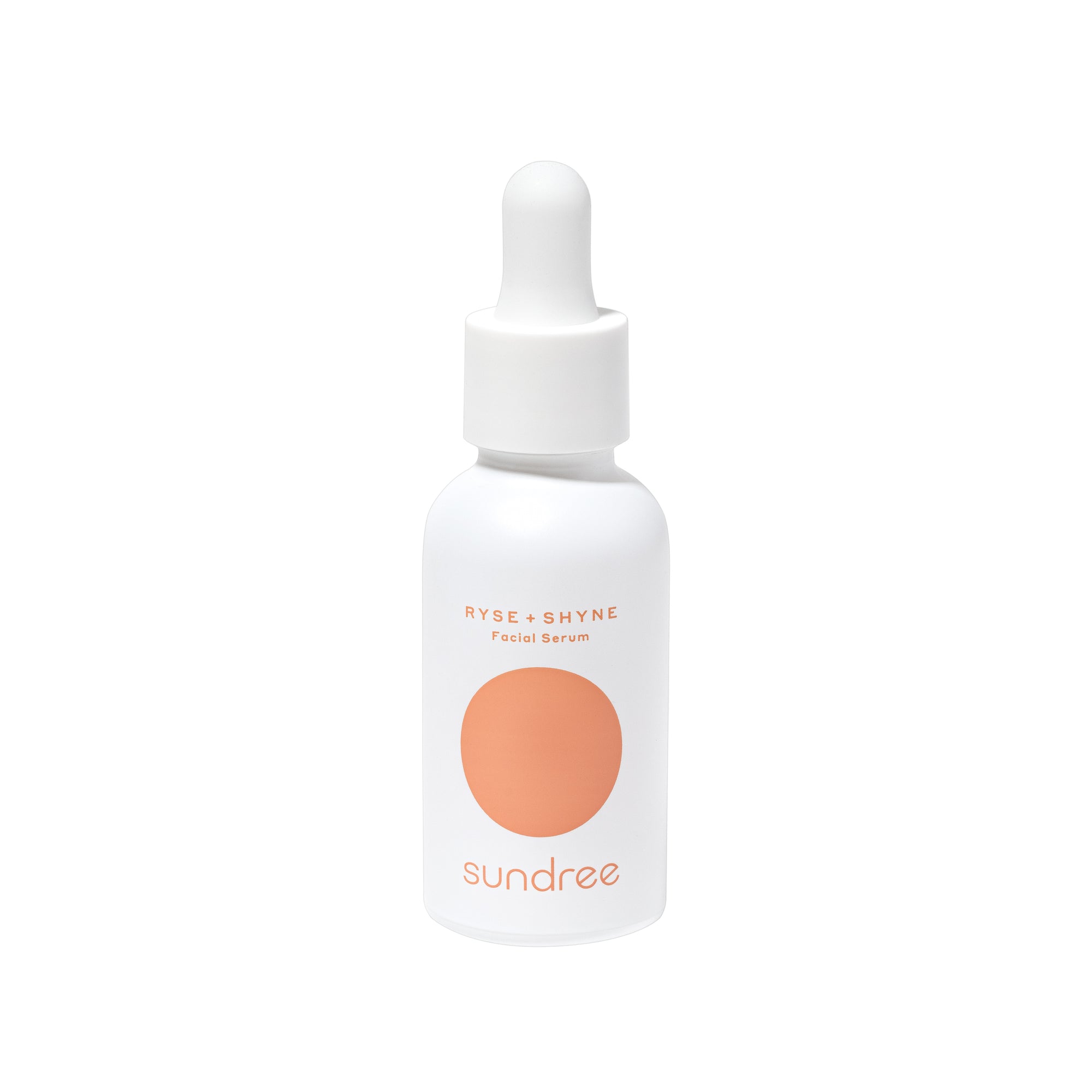Acne isn't new to any of us. Most of us, especially people with oily skin, have struggled with it for years.
This skin condition is common and typically develops in the areas of the body with a lot of oil-secreting or sebaceous glands. However, your face isn't the only part of your body that's susceptible to acne. It can occur in any area with oil glands, like the chest, shoulders, and back.
Acne can be pretty uncomfortable and challenging to get rid of, and it isn't limited to your teen years. You can get it at any age due to various internal or external reasons. Fortunately, there are certain things you can do to treat and prevent acne.
In this article, we'll explore what back acne or "bacne" is, what causes it, and how you can get rid of it. So, stay tuned!
What is Back Acne or Bacne?
As the name indicates, back acne refers to acne that appears on the back. Some of the common types of back acne are:
Blackheads - You know it's blackheads if the bump on your back has a dark dot or black tip in the center. They are formed when clogged follicles or pores on the surface of the skin open. The dark color is due to the reaction of oil or sebum with oxygen. They are also called open comedones.
Whiteheads - If the bumps on your back have a white center, it means that you're dealing with whiteheads. These are also known as closed comedones, which occur when the follicle stays plugged under the skin, forming a white bump on the skin's surface.
Papules - These are small bumps that appear on the skin and are often tender and pink. Each bump doesn't have a distinct tip and form when plugged follicles become infected or inflamed.
Pustules - Pustules are also known as pimples. Pustules are filled with white or yellow-colored pus and have a reddened base. Pustules occur when a clogged follicle is inflamed.¹
Nodules - When a clogged hair follicle or pore is filled with bacteria, along with oil and dirt, nodules are formed under the epidermal layer of the skin. They are hardened and turn into large, painful lesions. Their deeper position results in tissue damage, leading to inflammation and soreness.
Cysts - These are larger lesions filled with pus. Cysts also appear when hair follicles get clogged with bacteria. Cysts are located deeper under the skin, and infection in these lesions causes more pain and may cause permanent acne scars.
What Causes Back Acne?
Just like facial acne, back acne is also caused by many external and internal factors. For effective treatment, it's essential to know what causes acne on your back.
We all know that our bodies produce oil, called sebum, which is produced by the glands connected with hair follicles. The oil or sebum moves up the hair follicles and functions to keep the skin and hair naturally moisturized.
Acne or pimples on the back occur when the glands produce excess oil and combine with dead skin. The buildup clogs the pores and traps bacteria (mostly Cutibacterium acnes) in the pores. Bacteria can cause inflammation and cause the follicles to swell, leading to whitehead pimples. When plugged pores are exposed to air, it forms blackhead pimples.
Some of the common reasons that can cause acne on your back are:
- Genetics
- Hormonal anomalies
- Puberty
- Medications
- Sweating
- Friction
- Stress
- Inappropriate diet
- Comedogenic cosmetics
- Wearing items that rub affected skin (like backpacks)
Treatment of Back Acne
Some lifestyle changes or home remedies can help you get rid of back acne in many cases. Unfortunately, certain factors, like genetics and hormonal fluctuations, can be causes. However, here are a few steps you can take to reduce and prevent back acne:
Shower after Workout - Humidity and heat are two factors that can boost bacterial growth and cause new acne breakouts or worsen your acne—letting the sweat sit on your skin after sports or workouts can prove to be a massive contributor to the formation of back acne.
Hence, it's crucial to shower immediately after your workout. If you don't have a chance to shower right after a workout, use oil-free wipes to take off sweat from your skin and change your clothes. It's also suggested to wash your workout clothes regularly between your workout sessions.
Avoid Oil-Based Skincare Products - Using oil-based skincare products, like moisturizing lotions and creams, can increase the likelihood of acne breakouts on the back.
Therefore, try limiting or avoiding using oil-based moisturizers and other cosmetics on your back to prevent the problem. Also, opt for non-comedogenic skincare products so they don't plug or clog your pores.
Wear Clean Clothes - Dirty clothes can have sweat, dirt, oil, and bacteria sitting in them and can lay the ground for acne on your back. It can irritate and worsen your back acne and can also lead to the development of new acne.
Therefore, it's highly significant to wear clean clothes and change them after exercise or any activity that causes sweating.
Use OTC Treatments - You can find plenty of over-the-counter products aimed at treating acne on your back. For mild to moderate acne, you can choose from gels, lotions, and creams formulated with acne-fighting ingredients, including benzoyl peroxide, salicylic acid, sulfur, and resorcinol. These ingredients can effectively treat back acne and prevent further acne breakouts.
Wash Your Back Regularly - Washing the skin on your back is as important as washing your face, especially if you're dealing with oily or inflamed skin. It can help keep the pores clear of oil and bacteria, aiding in reducing the probability of acne.
Look for a body wash that's oil-free, non-comedogenic, and lightweight. It's best to use a medicated acne wash to clean the area, kill bacteria, unclog the pores, and then follow with your acne treatment.
Make Sure your Clothing is Clean - Wearing tight clothes and athletic gear can be one of the reasons behind the appearance of acne on the back. They can cause friction when rubbed against the skin and aggravate your skin condition.
In addition, tight clothes can trap moisture, dirt, and bacteria and transfer them into the pores when brushed against the skin. Instead, wear loose-fitted clothes to allow your skin to breathe and prevent pimples from popping up in the first place.
Exfoliate the Skin - Gentle exfoliation can help treat acne and blemishes and prevent future acne. However, harsh and grainy scrubs and loofahs can worsen your back acne. In addition, they can damage the skin's protective barrier and make it more prone to oxidative stress and infections.
Hence, choose a chemical-based exfoliator containing AHAs or BHAs.² Chemical exfoliators work gently to slough off dead skin and clear the pores without irritating the skin.
Use Sunscreen - Excessive and prolonged sun exposure, especially when your back is bare, without proper protection can aggravate and darken acne on the back, leading to inflammation and acne scars.
Always apply sunscreen lotion, gel, or cream on your back while heading outdoors. However, be careful when picking your sunscreen to ensure you don't use greasy and comedogenic formulas, which can add to your problem.
Reduce Pressure on Your Back - Sometimes, even the most minor things that might seem negligible can make a huge difference. For example, anything that causes increased friction, pressure, or sweating on your back can lead to back acne.
Eliminate pressure or friction by avoiding wearing sports gear, backpacks, or tight shirts, which can irritate or cause acne lesions. Instead, wear lightweight backpacks and loose clothing, like cotton T-shirts.
Use Tea Tree Products - Many natural ingredients are used in skincare products to treat and prevent skin issues, including acne. One of the widely known ingredients is tea tree oil or extract.³
Tea tree is known in the skincare world for its antibacterial, antifungal, and anti-inflammatory benefits. Skincare stores have many skincare products with tea tree. You can choose from cleansers, creams, toners, serums, and lotions containing tea tree.
Eat Healthy - Consuming the right kind of food is just as important as using the right ingredients on your skin. An inadequate or unhealthy diet can adversely affect our health and skin.
The type of foods you add to your diet can improve or worsen your acne. Avoid foods that can trigger your acne (like foods with a high glycemic index) and load your diet with foods that can help to reduce or prevent acne (such as vegetables, fruits, and whole grains).
Final Thoughts
Your face isn't the only part of your body that's prone to acne and blemishes. Bacne or back acne can also occur due to the buildup of excess oil, dead skin, and bacteria. Sometimes, unhealthy habits and lifestyles can also contribute to your back acne.
Luckily, you can take some practical steps to treat and prevent back acne, ranging from using OTC products to making dietary changes. However, if nothing seems to be working in your favor, speak with your dermatologist for professional assistance because there can be some underlying health issue behind your back acne, which might require treatment.
Citations:
- Fletcher, Jenna. (2019). ‘What to know about pustules’, MedicalNewsToday. Accessed February 16, 2022. Available at: https://www.medicalnewstoday.com/articles/325342
- Starkman, Evan. (2021). ‘AHA and BHA for Skin: What to Know’, WebMD. Accessed February 17, 2022. Available at: https://www.webmd.com/beauty/aha-bha-skin-exfoliate
- Chadwick, Melanie Rud. (2021). ‘Dermatologists Explain Exactly How to Effectively Use Tea Tree Oil on Your Breakouts’, Byrdie. Accessed February 17, 2022. Available at: https://www.byrdie.com/tea-tree-oil-for-acne-4783335













